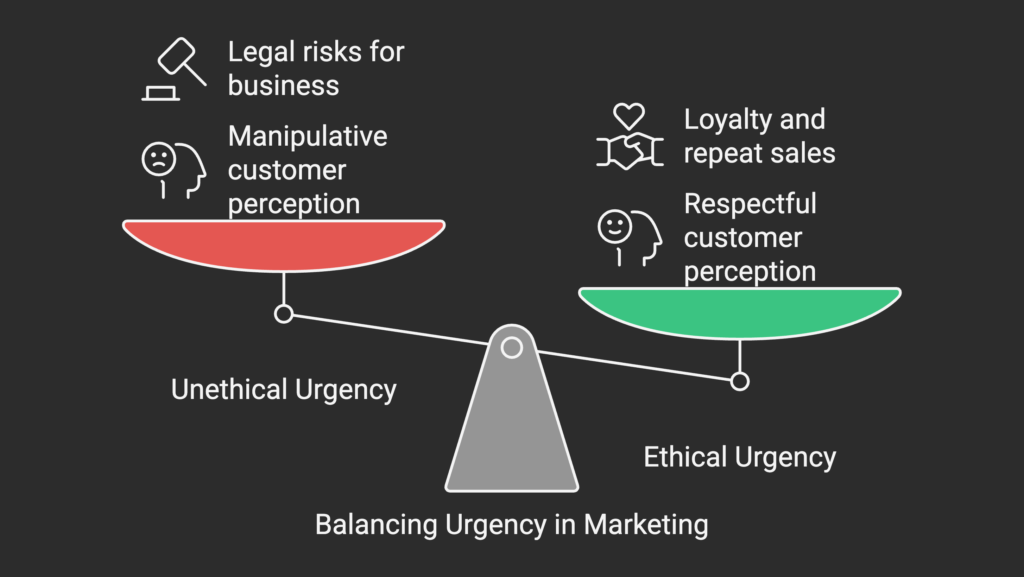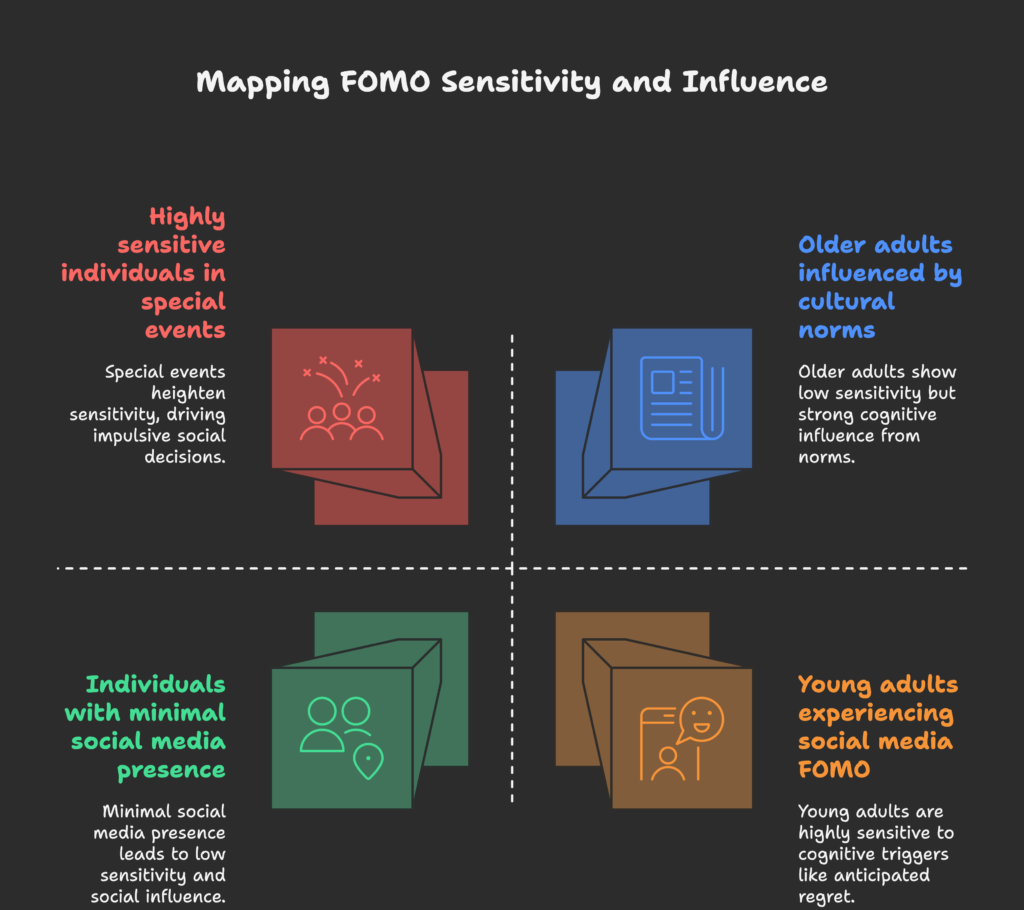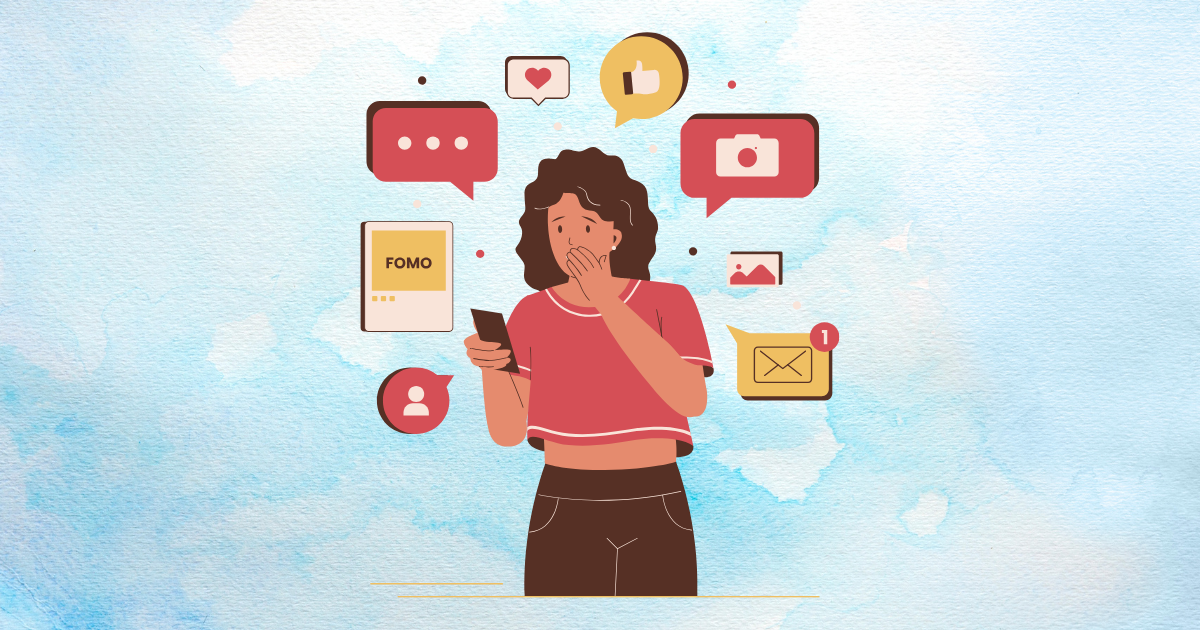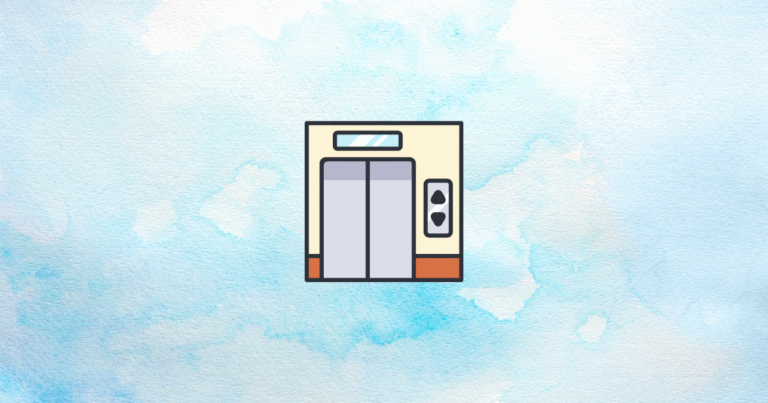Have you ever felt a subtle fear creeping in when you’re about to miss a big sale? Or felt that restless urge to click “Buy Now” before an offer disappears? That tingling rush is the magic of FOMO (Fear of Missing Out) in action. In this article, you’ll discover how FOMO became a powerful tool in modern e-commerce, why urgency can push people to make faster decisions, and how you can apply it ethically in your own store. By the end of this read, you’ll know how to supercharge your limited-time offers without compromising customer trust. Let’s dive in!
Introduction to FOMO and Urgency in E-commerce
Get ready to learn what FOMO truly is, why it works like a charm, and how it pairs with urgency to boost sales. By the end of this section, you’ll see the big picture of FOMO in the online marketplace.

Defining Fear of Missing Out (FOMO)
Fear of Missing Out, or FOMO, is that anxious feeling you get when you think you’re missing an exciting opportunity or offer. Originally coined by Dr. Dan Herman in 1996, it started as a social concept but gradually found its way into marketing. Over time, brands noticed that this anxiety—this natural desire to avoid missing something—could be harnessed to drive sales. Nowadays, FOMO isn’t just about feeling left out of social events; it’s also about not missing great e-commerce deals.
But wait, there’s more to discover: next, we’ll look at how urgency boosts commercial success and why it’s so effective in driving conversions.
The Commercial Value of Urgency
Urgency in marketing means giving people a short time window to act. This can skyrocket conversion rates by making customers feel the need to decide quickly. Studies show that limited-time offers often produce higher sales because shoppers feel an immediate need to act. However, it’s important to balance profitability with ethics—customers are growing smarter, and they will notice if your urgency is real or fake.
Don’t go anywhere just yet: we’re about to explain why creating ethical urgency is crucial, and why ignoring ethics can backfire in the long run.
The Need for Ethical Approaches
People today are more aware than ever of marketing tactics. They can sense manipulation a mile away. Governments and consumer protection groups also keep an eye on how businesses use urgency. If your store relies on unfair or deceptive practices, you might face legal and reputational risks. On the flip side, ethical persuasion is a win-win. Customers feel respected, and you build loyalty that leads to repeat sales.
Ready for a deeper look? Let’s move on to the psychological factors behind FOMO, so you can understand what really makes urgency so compelling.
The Psychological Foundation of FOMO
In this section, you’ll discover the mental shortcuts and brain responses that make FOMO so powerful. Understanding these basics can help you craft urgency that’s both effective and respectful.

Cognitive Biases That Drive FOMO
Several cognitive biases keep FOMO strong:
- Loss Aversion: We hate losing more than we love gaining, so we grab offers quickly to avoid missing out.
- Scarcity Principle: When something seems rare, we perceive it as more valuable.
- Bandwagon Effect: Seeing others buy can push us to jump on the trend, fearing we’ll miss the party.
- Anticipated Regret: We picture our future selves regretting not buying, so we purchase to dodge that feeling.
Think that’s fascinating? Just wait until you see how our brains react to urgency on a biological level.
Neurological Basis of Urgency
When we sense scarcity or a ticking clock, our brains release dopamine, the “feel-good” neurotransmitter. This spike can give us a rush, making us more impulsive. We also feel a mild stress response that pushes us to act quickly, often sidelining the logical part of our brain.
Wondering how personality might also play a role? Let’s explore how certain traits and demographics respond differently to FOMO.
Demographic and Personality Factors
Not everyone experiences FOMO in the same way. Younger people may be more used to social media-driven FOMO, while older consumers might be influenced by different cultural norms. Personality traits like high social sensitivity can increase FOMO’s impact. And even your circumstances—like a special event or a time crunch—can make you more or less sensitive to urgency.
Ready to see why all of this matters ethically? Let’s jump into the moral dilemmas and guidelines around using urgency marketing.
The Ethics of Urgency Marketing
This part digs into moral frameworks, the fine line between persuasion and manipulation, and the legal context. By the end, you’ll know how to keep your urgency tactics on the right side of honesty.
Ethical Framework for FOMO Tactics
At the heart of ethical FOMO marketing is transparency. You want customers to feel they have all the relevant information, so they can make informed choices. Authenticity counts too—if your limited-time offer is real, customers appreciate the honesty. But if you place business needs before customer welfare, you might gain short-term sales and lose long-term trust.
Before you worry about crossing a line: let’s see where that line is drawn between harmless urgency and unethical pressure.
The Ethical-Unethical Spectrum
There’s a spectrum from genuinely limited offers—say, a small stock of handmade goods—to outright deceptive practices like fake countdown timers. Authentic urgency helps customers make decisions, while deceptive urgency leaves them feeling tricked. If your aim is to empower rather than exploit, you’re more likely to maintain a positive brand image over time.
Wondering about the rules? Stick around to learn about regulations that govern these tactics.
Regulatory Considerations and Consumer Protection
Many regions have laws that prevent false or misleading scarcity claims. In the UK, the CMA (Competition and Markets Authority) actively watches for manipulative offers. In the United States, the FTC (Federal Trade Commission) can step in if practices are blatantly deceptive. Different countries have their own regulations, but they all tend to favor honesty in marketing.
But what if consumers feel cheated anyway? Next, we’ll see how that might hurt your brand.
Consumer Backlash and Brand Risk
Customers can quickly sense if they’ve been tricked. They might leave negative reviews, voice complaints on social media, or simply stop buying from you. Overusing urgency can lead to “urgency fatigue,” where people become numb to your tactics. Taking care of mental well-being and respecting customer autonomy prevents mistrust and keeps your brand image strong.
Now that you see the ethical side: let’s move on to practical tips for creating urgency that’s both honest and effective.
Effective and Ethical Implementation Strategies
In this section, you’ll get practical advice on how to craft real urgency that feels genuine to the customer. By the end, you’ll know how to strike the perfect balance between motivating shoppers and respecting their boundaries.
Creating Authentic Urgency
Authenticity starts with real constraints:
- Genuine Stock Limits: If you have only 50 units, let customers know honestly.
- Transparent Constraints: Let shoppers understand why the product is scarce (e.g., seasonal items, special materials).
- Legitimate Production Caps: Limited editions become more special when people trust the actual limit.
Curious how to handle time-based offers well? Up next, we’ll break down the do’s and don’ts.
Transparent Time-Based Offers
Time-based offers should have clear start and end dates. Make sure your countdown timers are accurate and reset them only if you have a valid reason. Some brands announce flash sales in advance, so shoppers know exactly what to expect and don’t feel tricked later.
Excited about adding a personal touch? Let’s see how personalized urgency can be both impactful and respectful.
Personalized Urgency That Adds Value
When you personalize urgency, focus on what matters to each customer. If someone viewed a particular product multiple times, offering a limited-time discount on that item can be more effective—and more appreciated—than a blanket sale. Remember:
- Use data responsibly and transparently.
- Offer deals that match genuine interests.
- Provide real value, not generic pressure.
But FOMO also plays nicely with social proof: let’s explore that next.
Social Proof and Validation Techniques
Social proof can include real-time purchase notifications or honest counters of how many people have bought or viewed the product. When customers see others are also interested, it adds an extra layer of reassurance. Always make sure these numbers are accurate, and include user testimonials that are genuine.
Now let’s move from strategy to action: discover practical steps for applying these ideas to your store.
Practical FOMO Implementation in E-commerce
This section brings all those strategies together in real, workable ways—covering web design, messaging, offer structures, and remarketing. By the end, you’ll have a toolkit ready for immediate use.
Website Design Elements
Well-placed countdown timers can be effective when used sparingly. If you show low-stock alerts, make sure they’re genuine. On mobile, keep these elements clear and easy to interact with, since smaller screens can feel cramped and overwhelming. A good user experience (UX) means customers understand the urgency without feeling ambushed.
Now that your site is set: let’s talk about the words you use to seal the deal.
Copy and Messaging Strategies
Effective copy uses simple, engaging language. For example, “Grab this deal before it’s gone” is straightforward but not pushy. Always avoid manipulative wording that induces unnecessary anxiety. Be clear about offer details, such as how long a sale lasts or how many items remain, so customers feel guided instead of pressured.
Eager to set up different types of limited-time promotions? We’ll detail those next.
Limited-Time Offer Structures
Try flash sales with a genuine time window or bundle offers that run for a set period. If you offer free shipping for a limited time, state exactly when it ends. Early-bird incentives for new products can motivate people without deceiving them. The key is making sure every claim aligns with reality.
Wondering how to follow up with potential buyers? That’s where email and remarketing come in.
Email Marketing and Remarketing Applications
Abandoned cart emails can include a gentle reminder of a soon-to-expire offer. You can also run time-sensitive email campaigns for customers who showed interest but didn’t buy right away. After someone purchases, consider offering a limited-time discount on complementary items. Just ensure all messages remain honest and helpful, rather than purely sales-focused.
By now, you’ve got a good grip on implementation: next, let’s see how to measure whether these tactics really work without compromising ethics.
Measuring Effectiveness While Maintaining Ethics
This section covers tracking performance and gathering customer feedback. By the end, you’ll know how to test urgency tactics and adapt them responsibly.
Key Performance Indicators
Look at metrics like conversion rates during urgency campaigns, cart abandonment rates, and customer satisfaction scores. If you see more repeat purchases or higher overall satisfaction, it suggests you’re using FOMO in a respectful way. However, if complaints go up, it might be time to refine your approach.
Ready to test what works best? Let’s check out A/B testing next.
A/B Testing Frameworks
Test different levels of urgency intensity—like a 24-hour countdown versus a 48-hour one. Compare results from ethical messaging against more aggressive language. Track the immediate sales spikes but also keep an eye on return rates, complaints, and long-term engagement. Segment your tests by audience type for even clearer insights.
But how do you really know if customers feel tricked or content? That’s where direct feedback comes into play.
Customer Feedback and Sentiment Analysis
Use social media, surveys, or email follow-ups to gauge how people felt about your offers. Negative chatter may signal you crossed a line. Quick action can repair trust. This kind of feedback loop is essential for refining your urgency methods over time.
Now that you know how to measure your success: let’s take a look at real-world examples of effective and ethical FOMO.
Case Studies: Ethical FOMO in Action
Here, we’ll explore how some brands succeeded with truthful urgency, and how others stumbled. By the end, you’ll gain valuable do’s and don’ts for your own store.
Successful Ethical Urgency Campaigns
Certain apparel brands highlight real-time stock counts, proving they only made a small batch. Technology companies announce limited pre-order windows based on production capacity. These examples show that honest scarcity builds genuine excitement, fosters trust, and leads to repeat purchases.
But it’s not always a smooth ride: let’s learn from some cautionary tales.
Cautionary Tales and Lessons Learned
Some brands have faced regulatory action or social media backlash for inflating scarcity or faking timers. Others lost loyal customers because their “one-day sale” repeated so often, it no longer felt special. These missteps highlight the importance of matching your urgency claims to reality. Recovery often involves public apologies, revised policies, and transparent communication.
Time to see how urgency might vary by industry: let’s take a quick look at different sectors.
Industry-Specific Applications
- Fashion: Limited sizes and seasonal collections create real scarcity.
- Technology: New gadgets often sell out quickly, making pre-order urgency genuine.
- Food and Perishables: Time-sensitive deals on fresh goods are naturally urgent.
- Subscription Services: Special enrollment periods or member-only offers can spark ethical FOMO.
Now, let’s blend everything we’ve seen into a bigger picture: how do you balance urgency with a great customer experience?
Balancing Psychological Triggers with Customer Experience
Get ready to see how urgency fits into the broader customer journey. By the end, you’ll know how to weave FOMO seamlessly without overwhelming or exhausting your audience.
Integrating Urgency with Customer Journey
Place urgency elements where they make sense—like highlighting limited stock once a person has shown serious interest. Make sure people can find product information easily before feeling pressed to buy. And after checkout, provide reassurance about their decision, so they don’t feel buyer’s remorse.
Worried about overdoing it? Let’s see how to avoid FOMO burnout.
Avoiding FOMO Burnout
Launching limited-time deals too often can make shoppers numb. Spread out your urgency campaigns and balance them with value-driven offers or new product announcements. Focus on building lasting value rather than a constant race against the clock.
Looking at the bigger emotional picture: next, we’ll explore creating a psychologically safe environment for customers.
Psychological Safety in Marketing
Ethical urgency respects a customer’s need for calm decision-making. It offers the excitement of a good deal without exploiting deep anxieties. For more sensitive audiences, provide an easy opt-out from promotional emails that heavily feature countdowns or “last chance” messaging. Trust comes from showing you value a person’s well-being over a quick sale.
Eager to see what’s on the horizon? The future of ethical urgency marketing is up next.
The Future of Ethical Urgency Marketing
Here, we’ll look at how consumer awareness, technology, and regulations might evolve. By the end, you’ll be prepared to adapt your strategies to stay effective and transparent.
Evolving Consumer Awareness
Shoppers are becoming more educated about marketing tactics. Younger generations often recognize FOMO cues and respond best to brands that prove authenticity. Brands that stay transparent can expect better loyalty and word-of-mouth, even as consumer skepticism grows.
Wondering about new tools? Let’s see how technology is reshaping urgency marketing.
Technological Developments
With AI, brands can tailor urgency to individual buying patterns. Blockchain may soon let us prove real scarcity by tracking product origins and stock levels. As analytics become more advanced, companies will be able to spot where they’re toeing ethical lines—and hopefully step back before crossing them.
But what about the rules? Regulations are likely to tighten, so let’s check that out.
Regulatory Horizon
We’re already seeing stricter rules about honesty in marketing. Expect more oversight in how sales periods are presented and how stock data is displayed. On a global scale, there might be greater harmonization of regulations, pushing all brands to be more transparent. Preparing for these changes now will help you stay ahead of the game.
Now let’s wrap it all up: we’ll conclude by looking at how to create sustainable urgency that won’t fade away.
Conclusion: Creating Sustainable Urgency
This final section ties everything together, giving you actionable steps to maintain ethical, effective urgency for the long haul.
Balancing Short-term Conversion with Long-term Trust
Yes, limited-time offers can provide a quick boost in sales. But the real magic comes when you also earn your customers’ trust. A brand known for honest urgency gains a competitive advantage, enjoys strong word-of-mouth, and sees better customer retention. Essentially, it’s about growing your revenue in a way that lasts.
Curious how to structure an internal approach? Let’s check out a framework you can apply.
Implementing an Ethical FOMO Framework
Adopt these guiding principles:
- Transparency: Clearly state sale durations and inventory limits.
- Customer-Centered Decision-Making: Choose strategies that respect shopper autonomy.
- Ethical Reviews: Have your team examine new campaigns for any signs of manipulation.
- Ongoing Training: Keep everyone aligned on the latest best practices and regulations.
Time for final advice: we’ll give you some quick pointers you can use right now.
Final Recommendations
- Start Small: Test ethical urgency in a limited way to gauge your audience’s response.
- Gather Feedback: Ask customers how they feel about your approach and refine accordingly.
- Stay Informed: Keep an eye on new regulations and adapt your tactics to remain trustworthy.
- Focus on the Customer: Always remember that happy, respected customers come back.
And here’s a quick reminder: If you’re running a Shopify store, don’t forget the power of Growth Suite. It offers handy features to optimize your store’s performance, helping you implement ethical FOMO strategies without stress. Explore Growth Suite to give your store an extra boost in both sales and trust!
References
- Admetrics. (2024, November 27). Limited-Time Offer Ideas to Boost E-commerce Sales. https://www.admetrics.io/en/post/limited-time-offer
- Kadence. (2025, February 25). The Psychology of FOMO and How Brands Use It. https://kadence.com/the-psychology-of-fomo-urgency-and-scarcity-and-how-brands-use-it/
- Zhang, X., & Rosli, N. (2025). FOMO, Social Validation and Impulse Buying in Live Streaming E-Commerce. Journal of Ecohumanism, 4(1), 4049-4063. https://ecohumanism.co.uk/joe/ecohumanism/article/download/6278/6406/15125
- Iconic. (2025, February 26). How to Use FOMO Marketing in Your Ecommerce Store. https://iconicwp.com/blog/fomo-marketing/
- PPC Geeks. (2024, October 10). Boost Sales with FOMO: Create Urgency in Marketing Strategy. https://ppcgeeks.co.uk/marketing/harnessing-the-power-of-fomo-how-to-create-urgency-and-drive-sales-in-your-marketing-strategy/
- ConvertMate. (2025, January 20). How FOMO Impacts eCommerce Purchase Decisions. https://www.convertmate.io/blog/how-fomo-impacts-ecommerce-purchase-decisions
- 9Operators. (2024, March 25). Conditioning Customers for Urgency: Tactics and Ethics. https://9operators.com/blog/conditioning-customers-for-urgency-tactics-and-ethics
- Convertcart. (2024, May 24). 20 Powerful FOMO Marketing Ideas for eCommerce. https://www.convertcart.com/blog/ways-to-use-fomo-to-boost-conversion-rates
- Cialdini, R. B. (2007). Influence: The Psychology of Persuasion. Collins Business.
- Kahneman, D. (2011). Thinking, Fast and Slow. Farrar, Straus and Giroux.
- Herman, D. (2000). The Journal of Brand Management: Special Edition on Brand Management. Springer.
- Sunstein, C. R. (2019). On Freedom. Princeton University Press.
- Ariely, D. (2008). Predictably Irrational: The Hidden Forces That Shape Our Decisions. HarperCollins.
- Thaler, R. H., & Sunstein, C. R. (2008). Nudge: Improving Decisions About Health, Wealth, and Happiness. Yale University Press.




